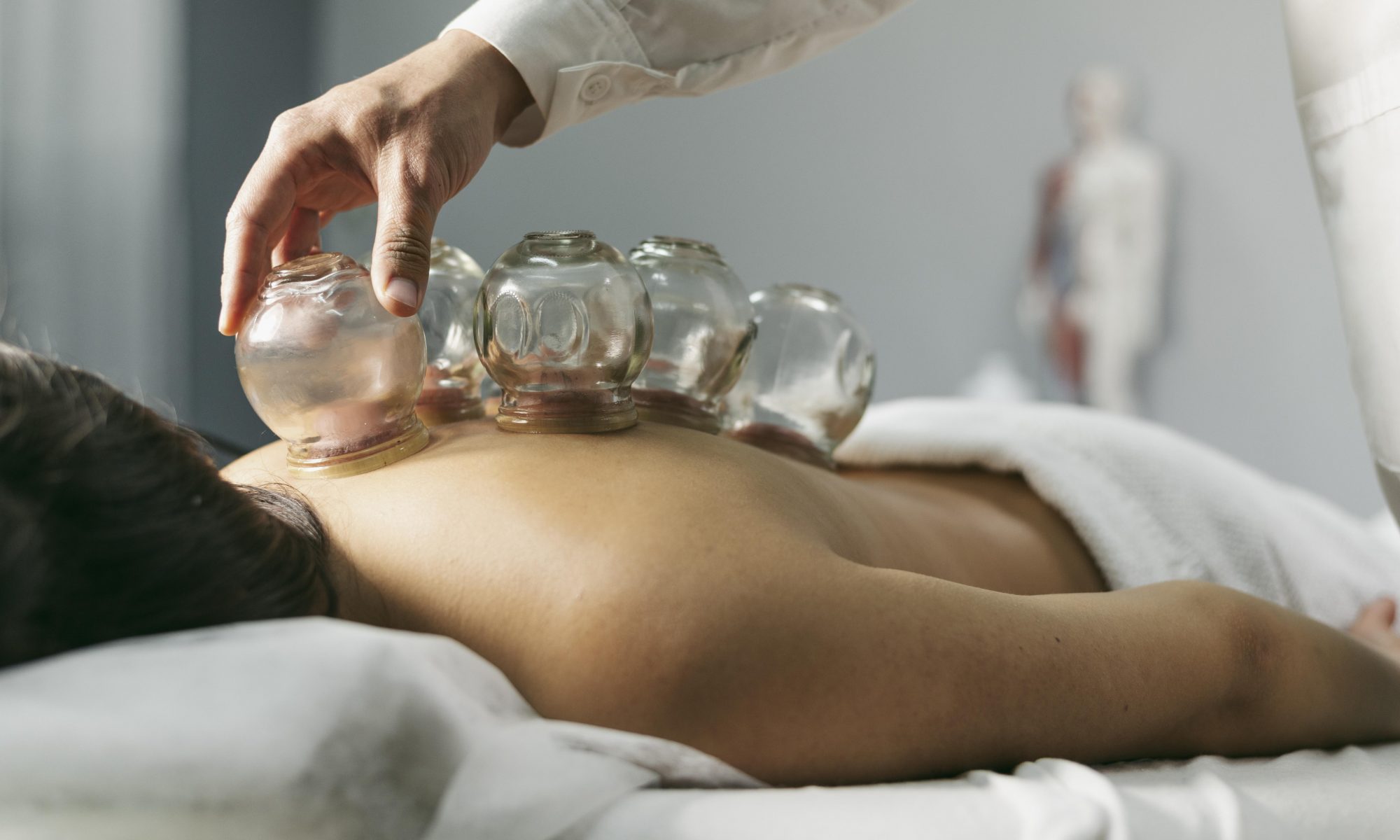Cupping is a type of Traditional Chinese Medicine (TCM) therapy that involves applying inverted glass, or plastic, cups to acupuncture points on the body.
Cupping has been used for thousands of years, and one of the earliest documentations of cupping can be found in the work A Handbook of Prescriptions for Emergencies, written by a Taoist herbalist Ge Hong in 300 AD.
Cupping therapy is now a well-known traditional method for health promotion, prophylaxis, and treatment of a variety of illnesses.
“There will be pain where there is stagnation, remove the stagnation, and the pain will be gone.” Cupping is thus a method of removing this blockage and restoring the body’s natural flow of energy, thereby relieving pain.
According to recent research, cupping therapy can help to:
- Decrease muscle activity, which reduces pain;
- Help with muscle relaxation by improving microcirculation, promoting cell repair and angiogenesis in tissues; and promote healing process through increased local tissue metabolism.
- Activate the lymphatic system to drain excess fluids and toxins
- Provide systemic comfort and relaxation
- Beneficial for musculoskeletal pain: chronic lower back pain, neck pain, and fibromyalgia
- Beneficial for digestive issues such as bloating, gastric reflux, and constipation
- Beneficial for recovery: Coughing, asthma, and the common cold
Cupping methods:
Cups are placed over various areas to create a vacuum, which lifts the soft tissue and causes an upward stretch within the muscle and fascia.
Stationary cupping: Entails lighting a small cotton fire soaked in alcohol, inserting it into the cup for 1-2 seconds, quickly removing it, and placing the cups on the body. A slight tightness and suction will be felt around the cupped area. Typically, cups are left on the body for about 10 minutes.
Gliding/Moving cupping: Entails applying oil/lotion to the body and gently moving cups along meridians. It feels very much like a massage.

